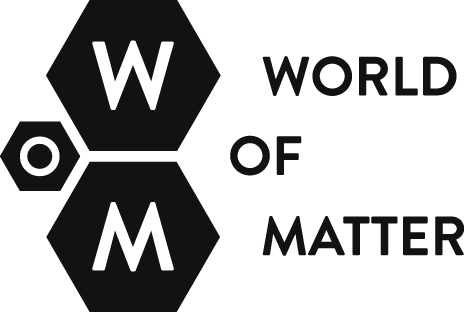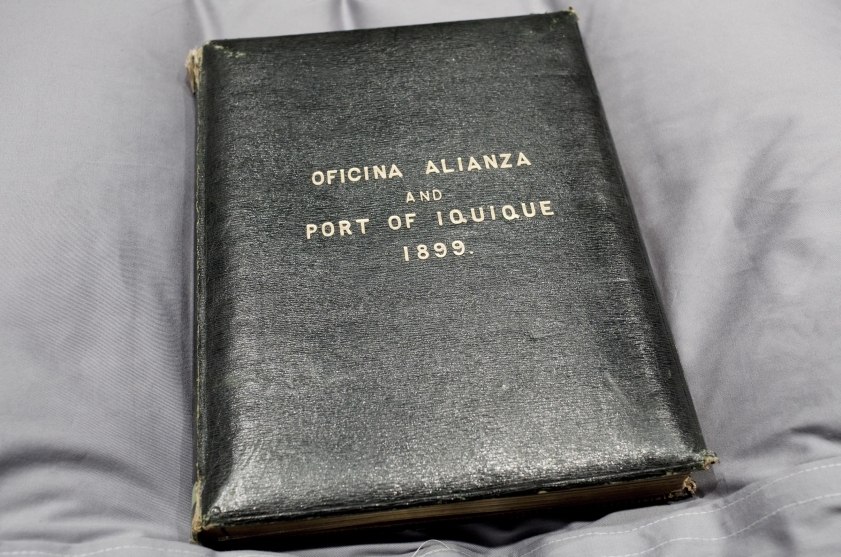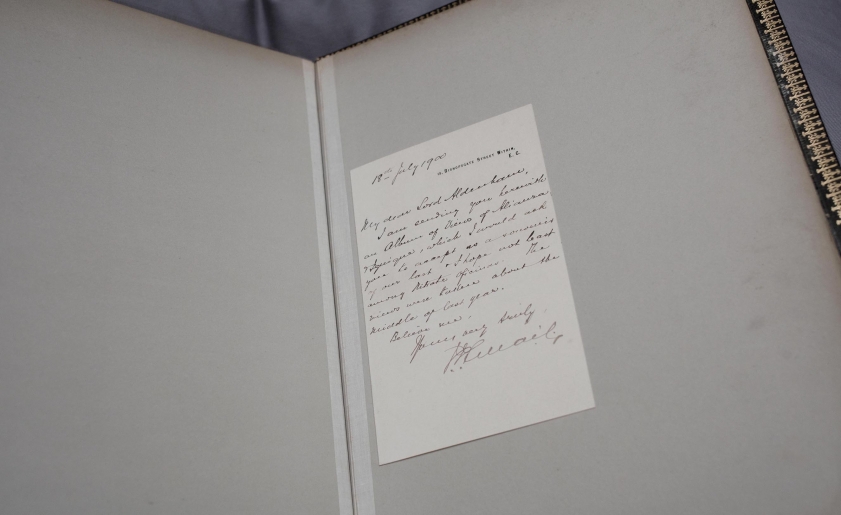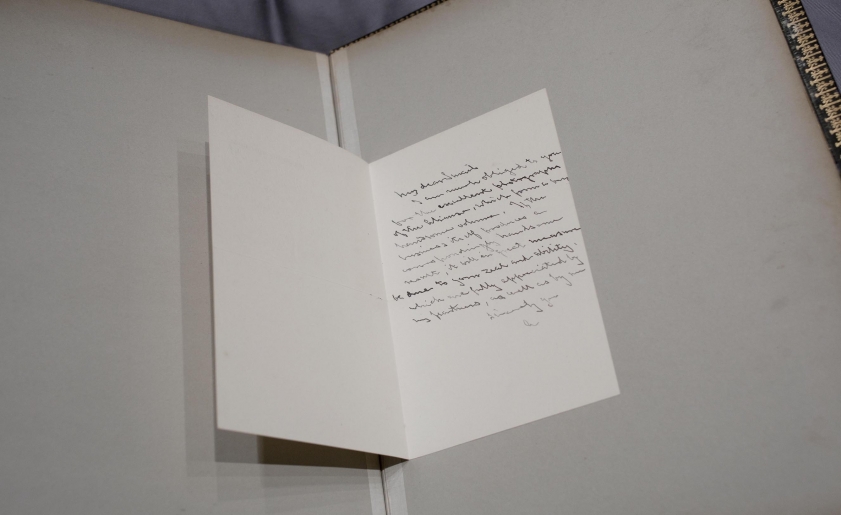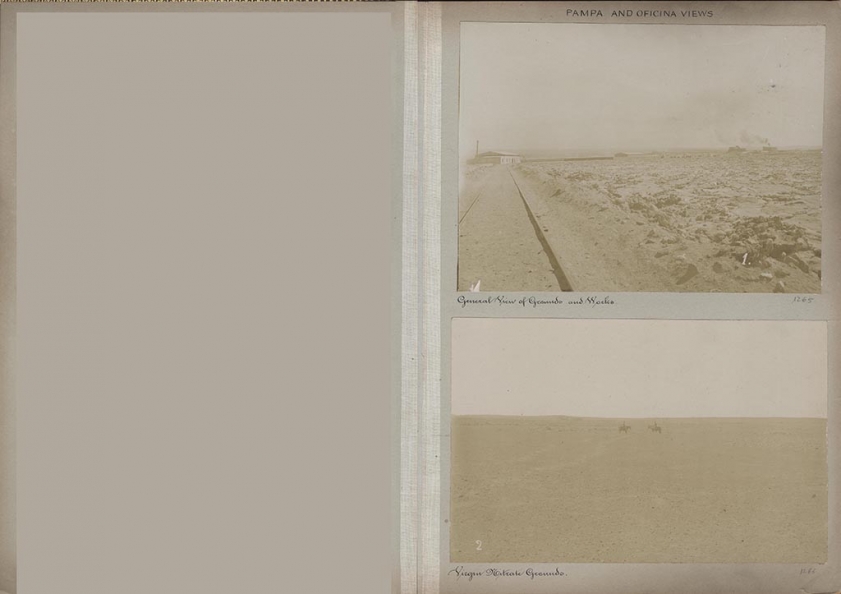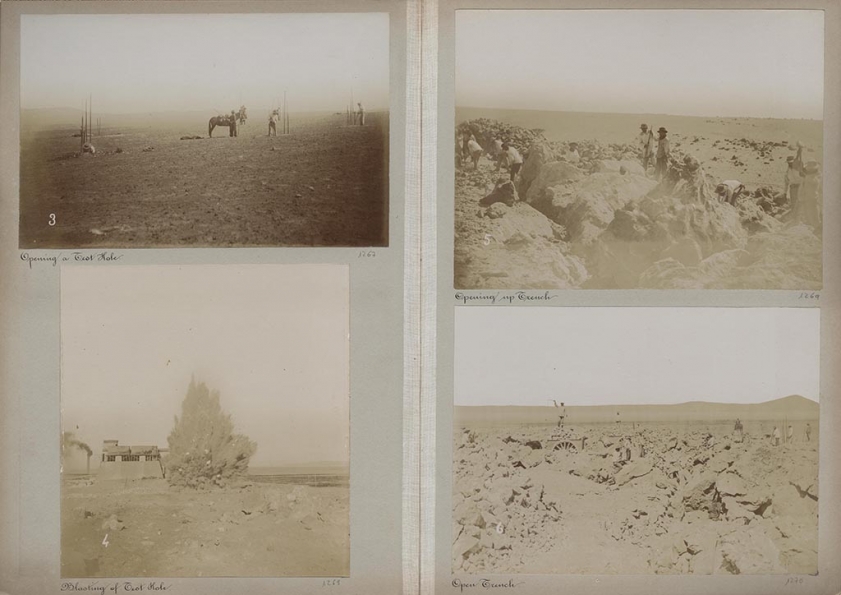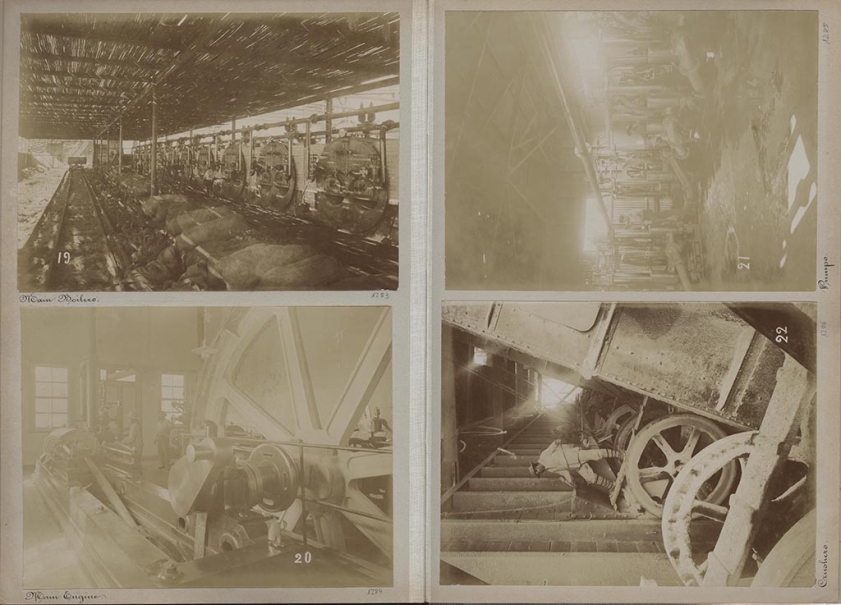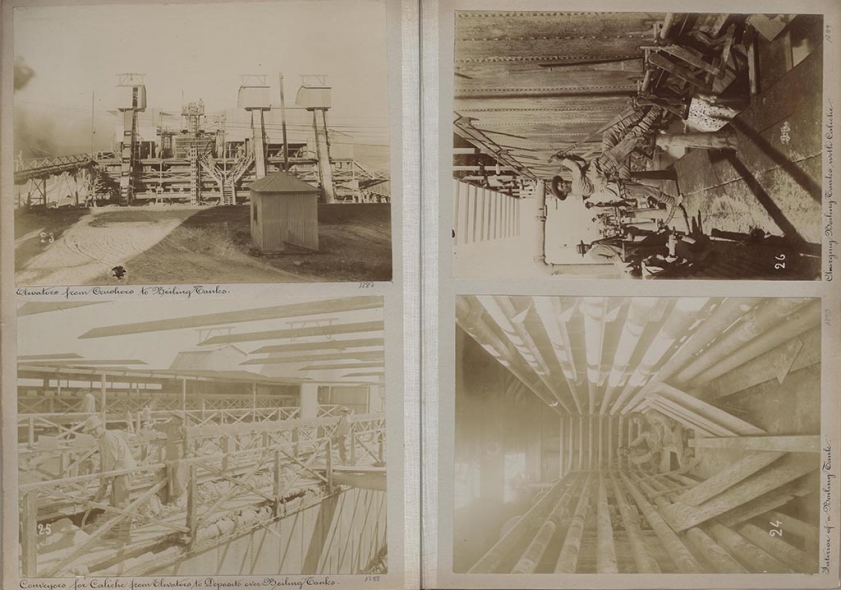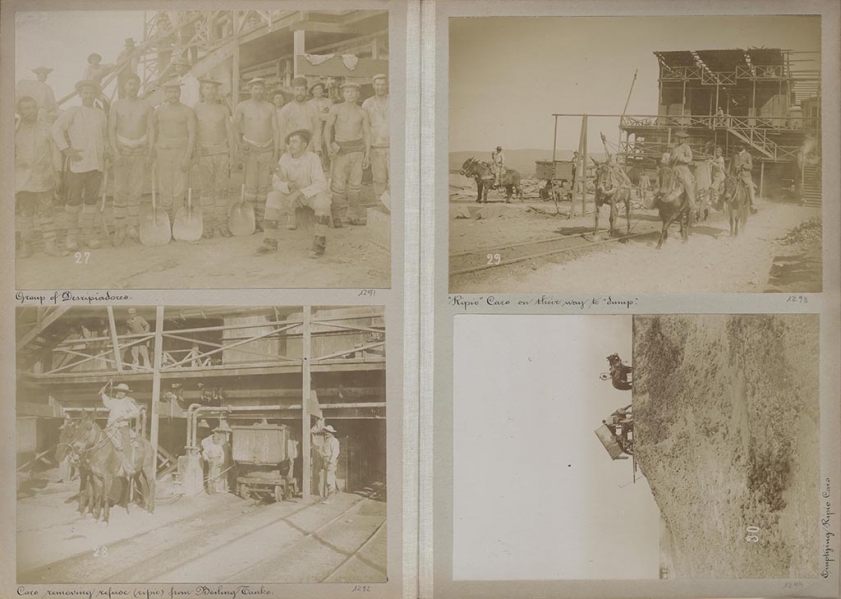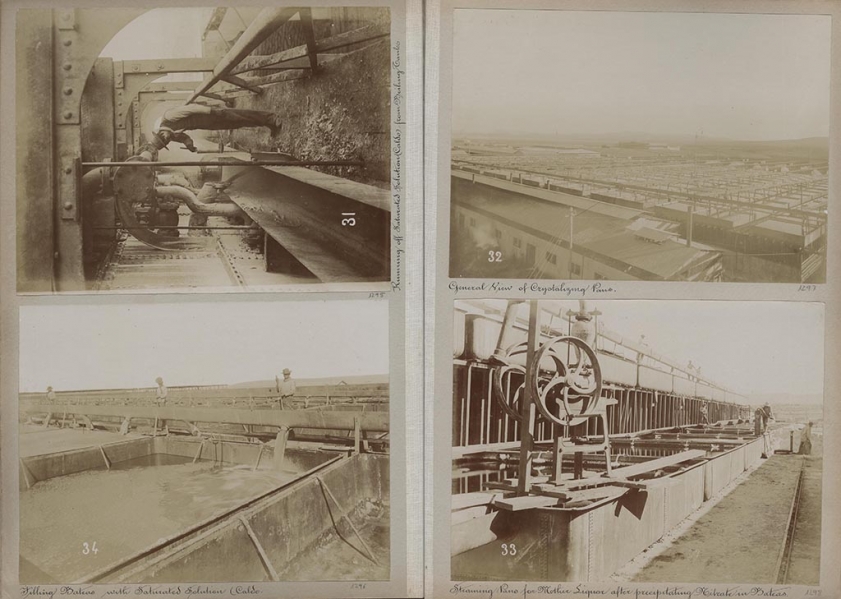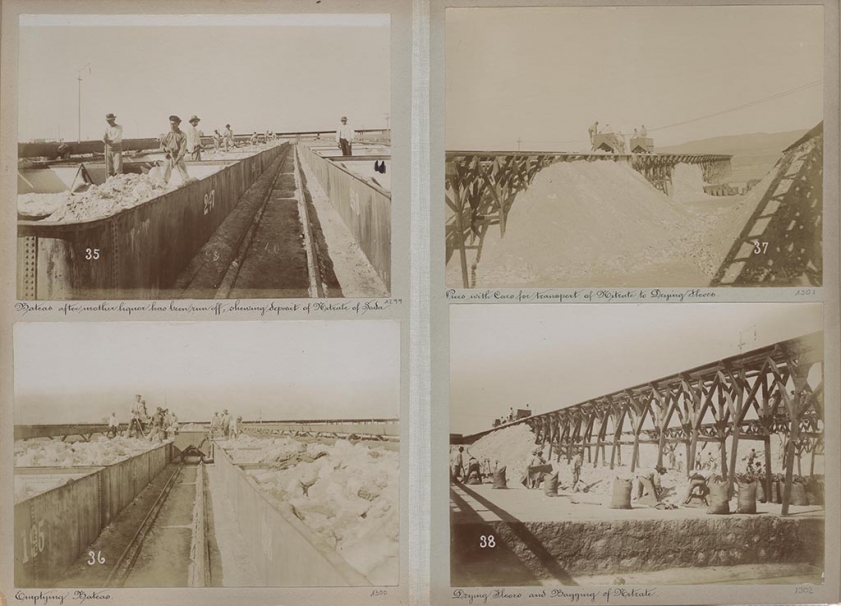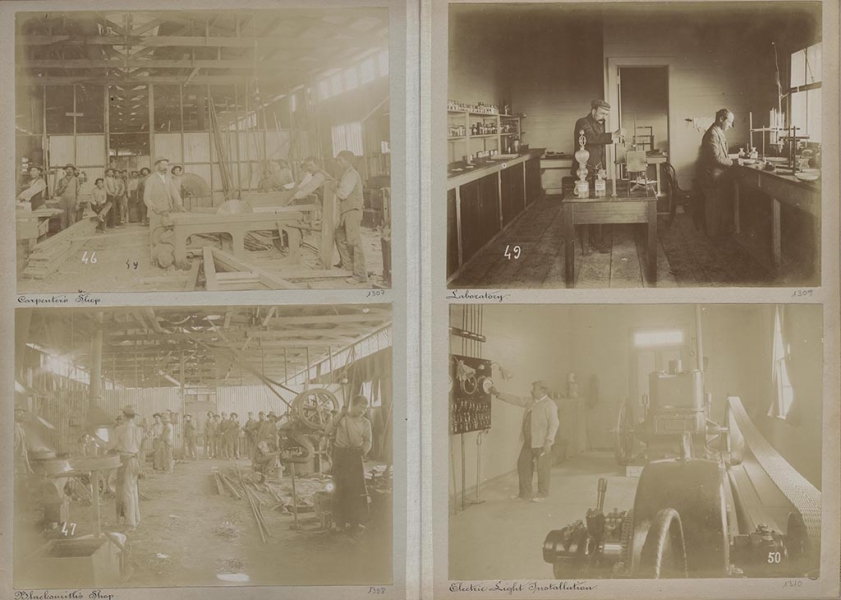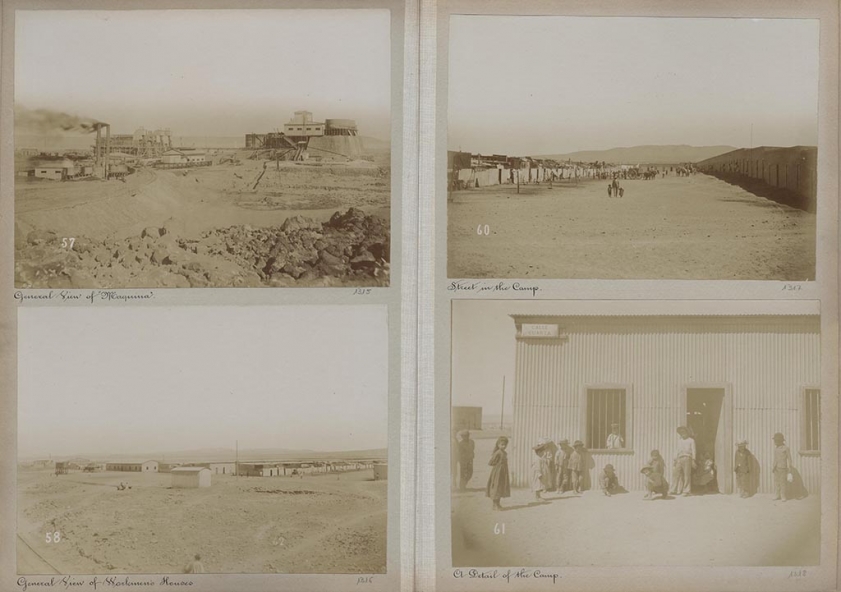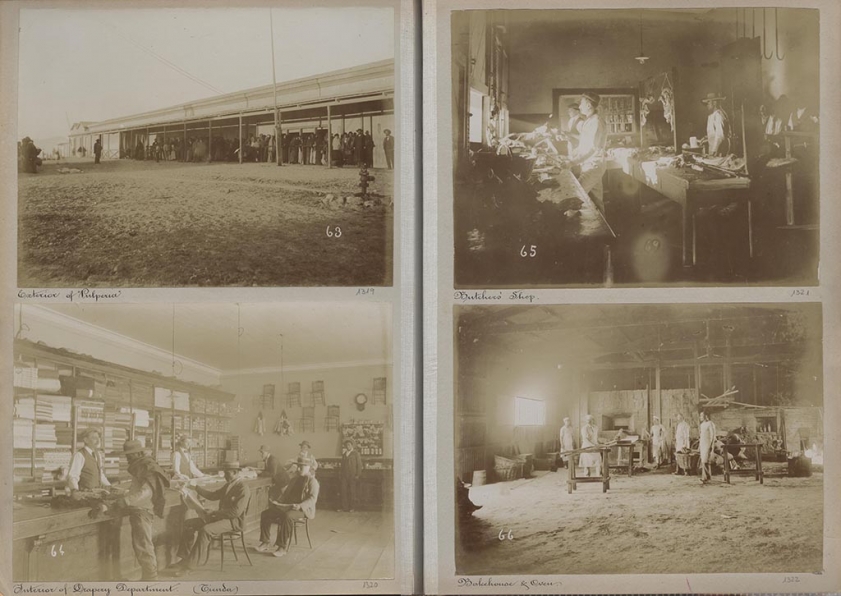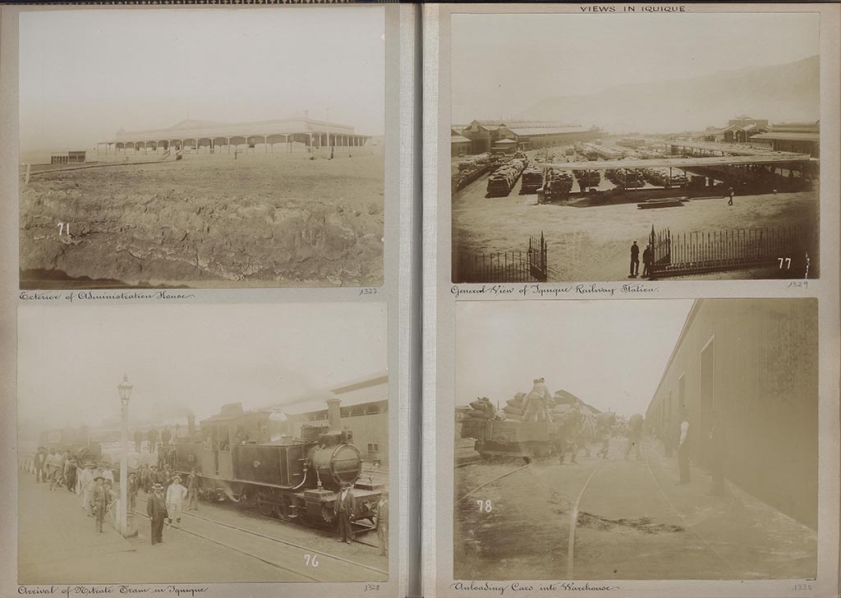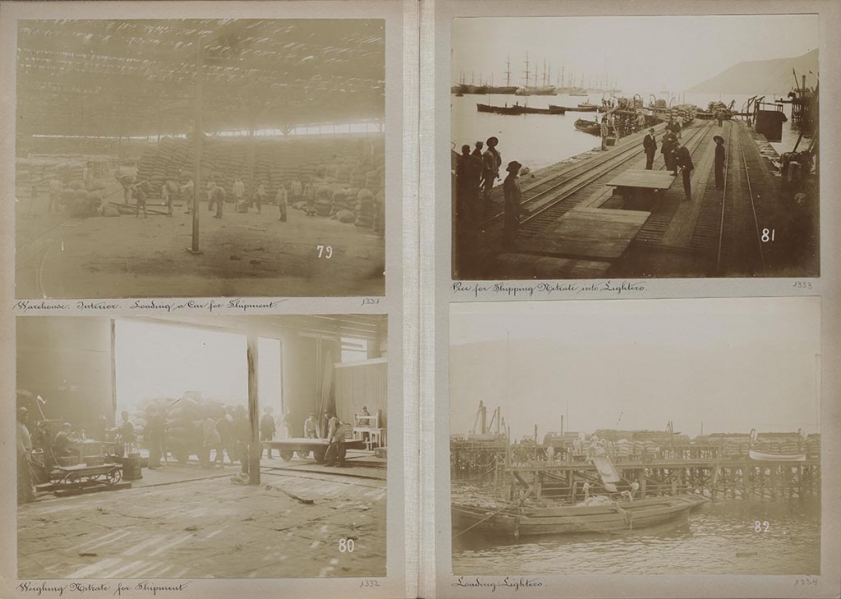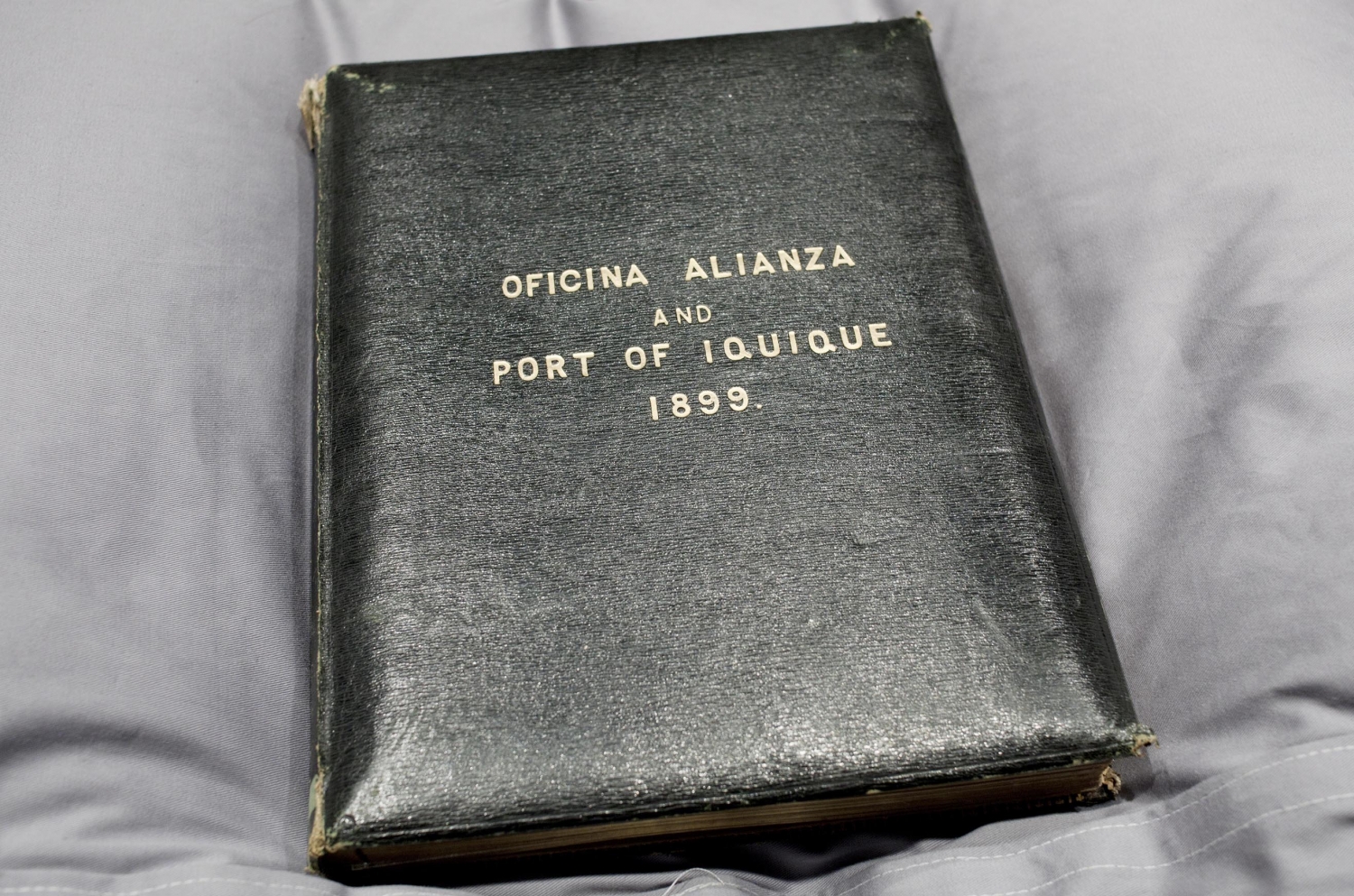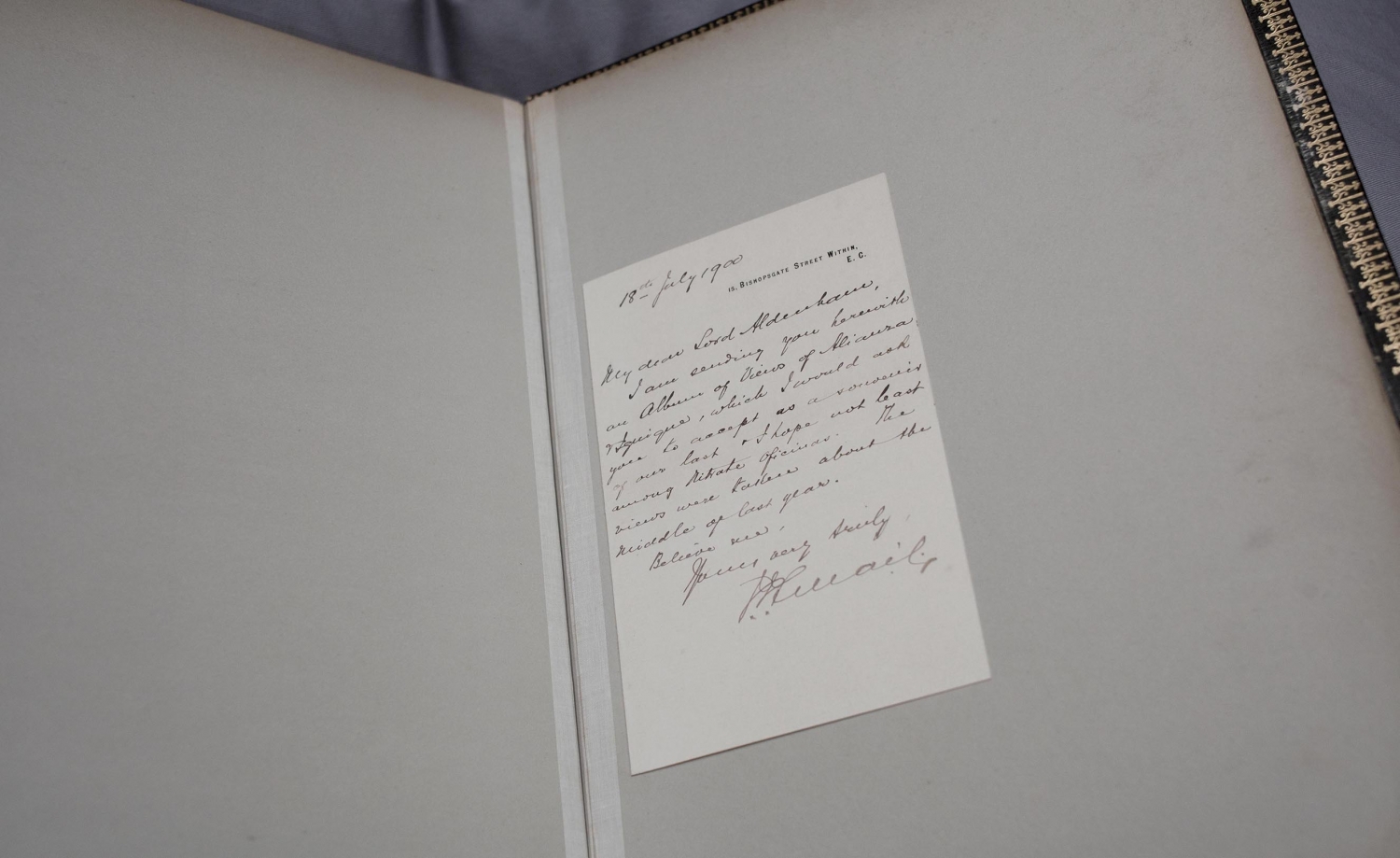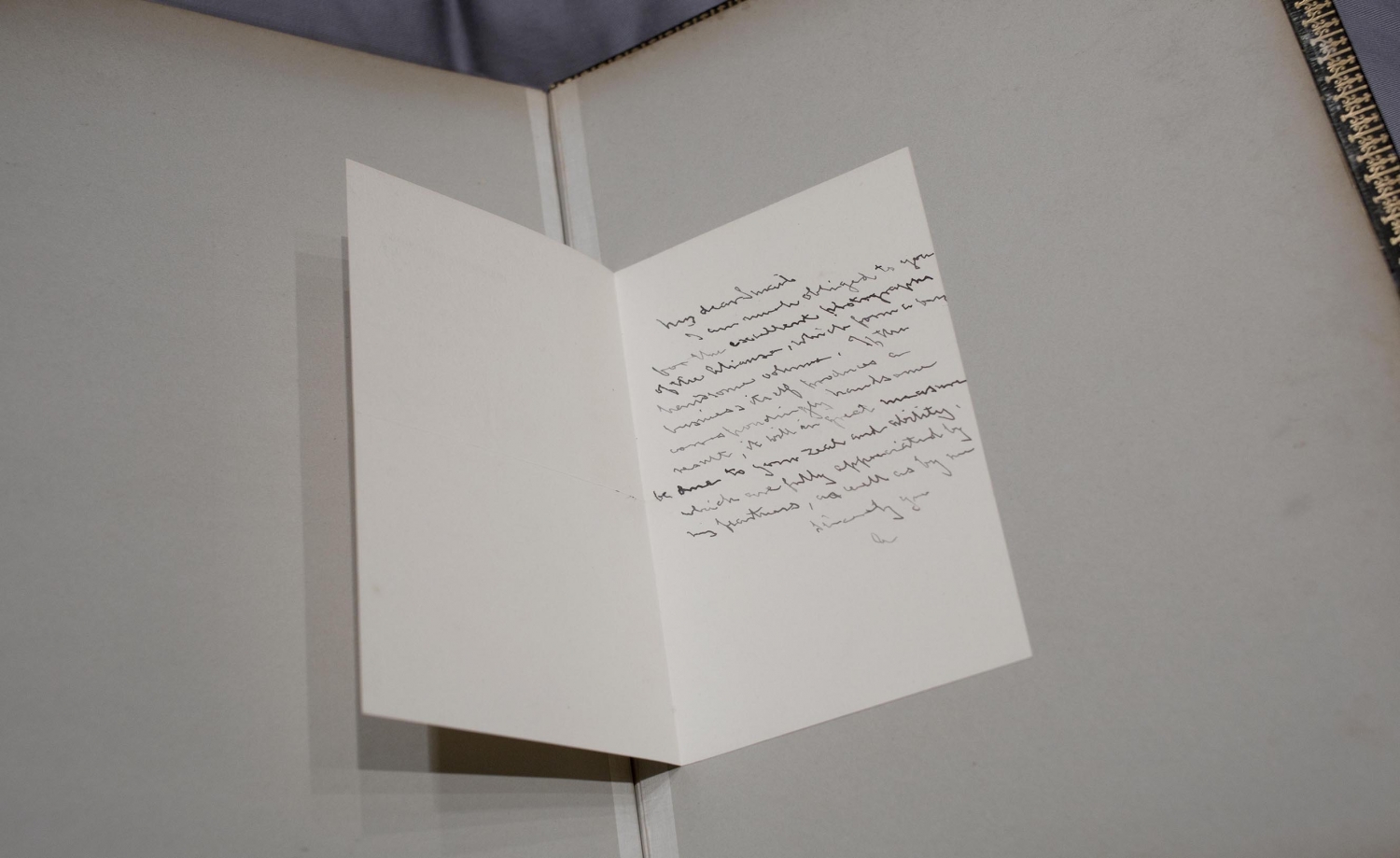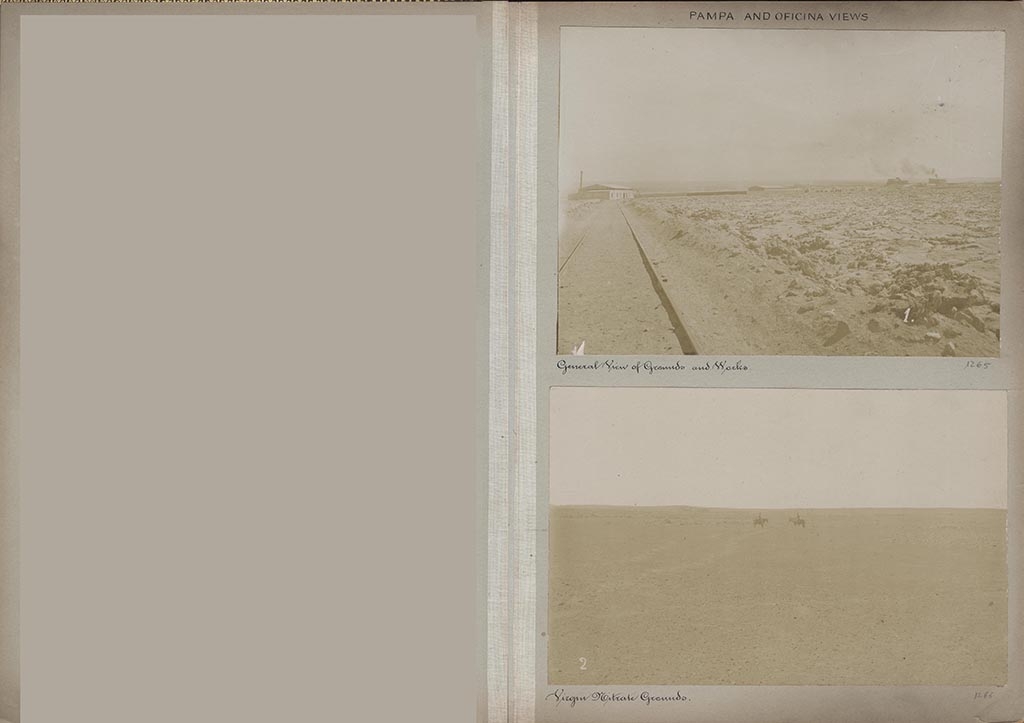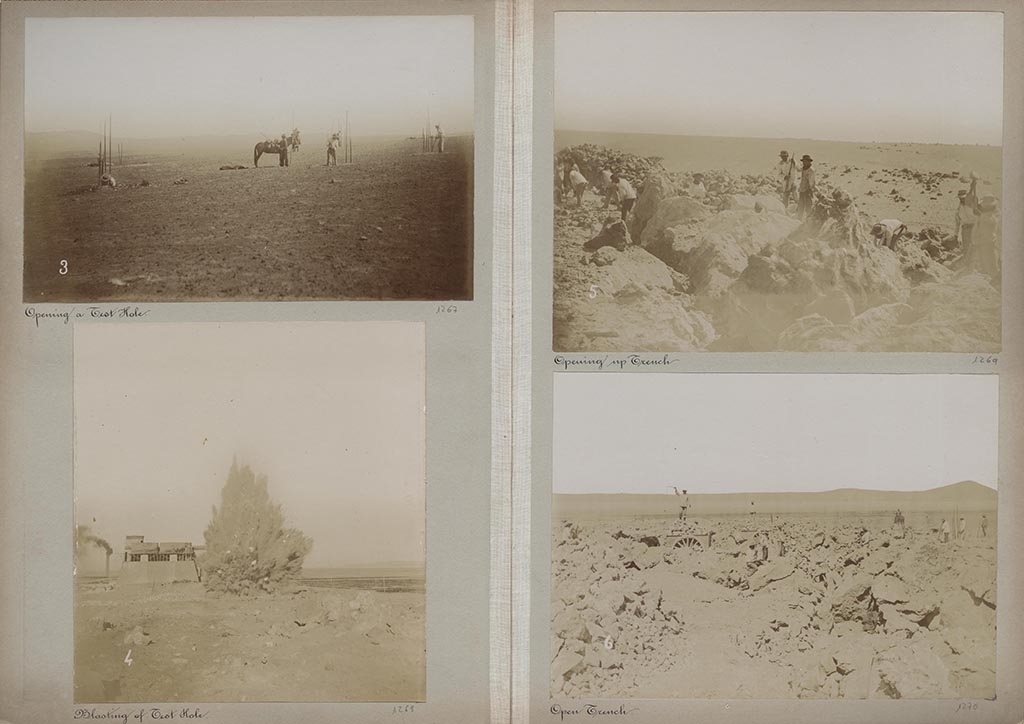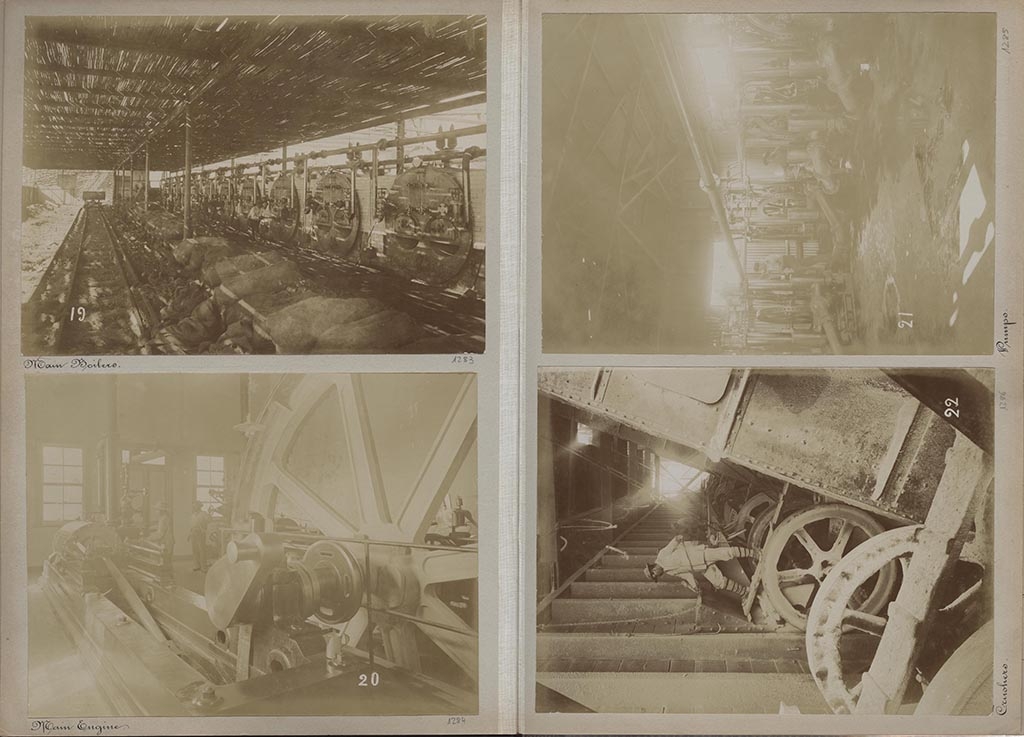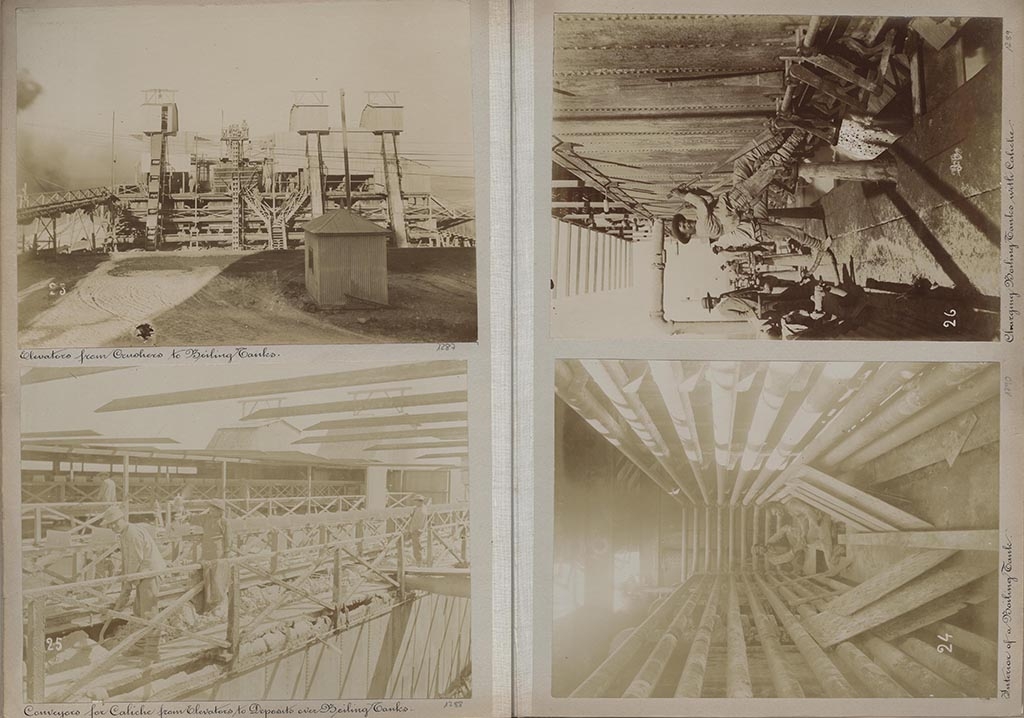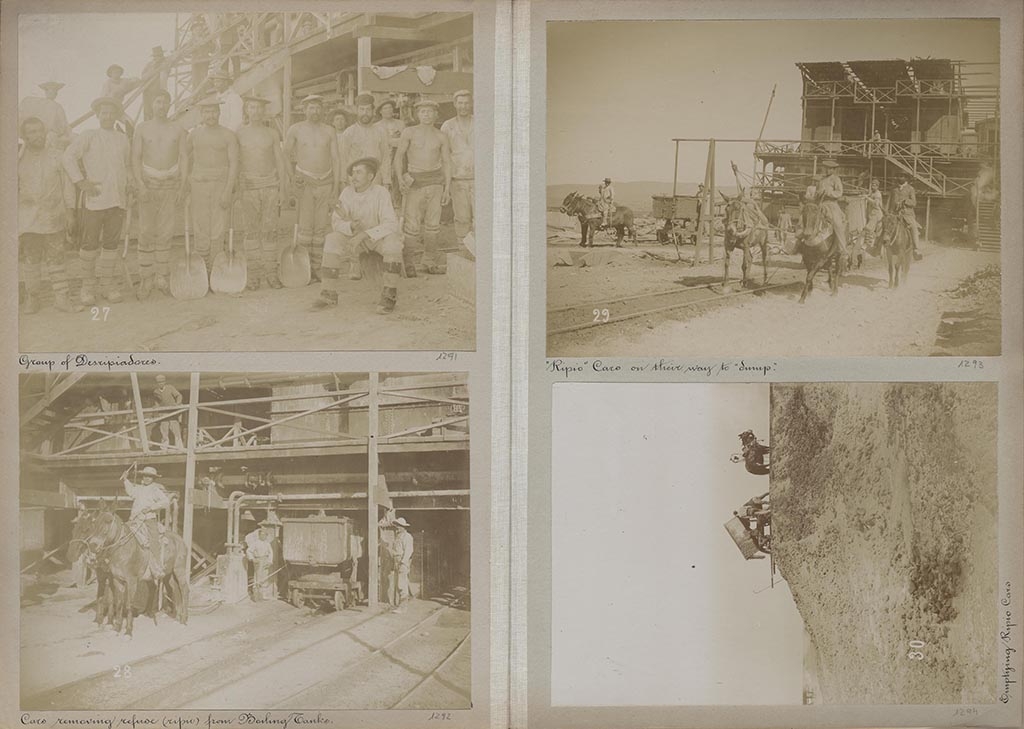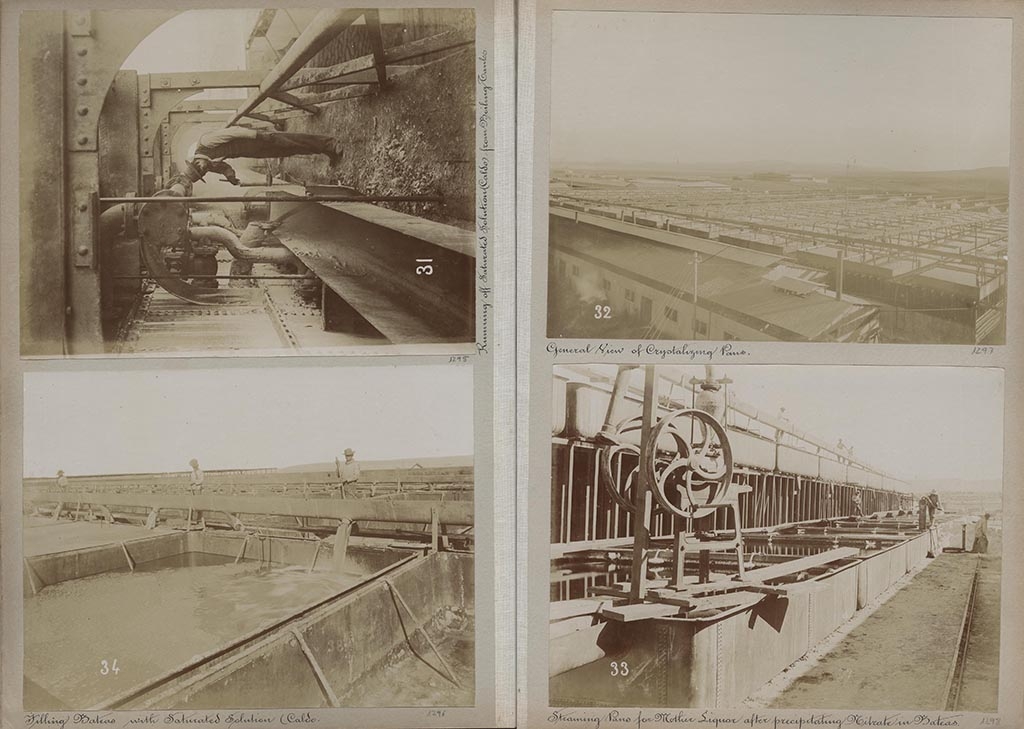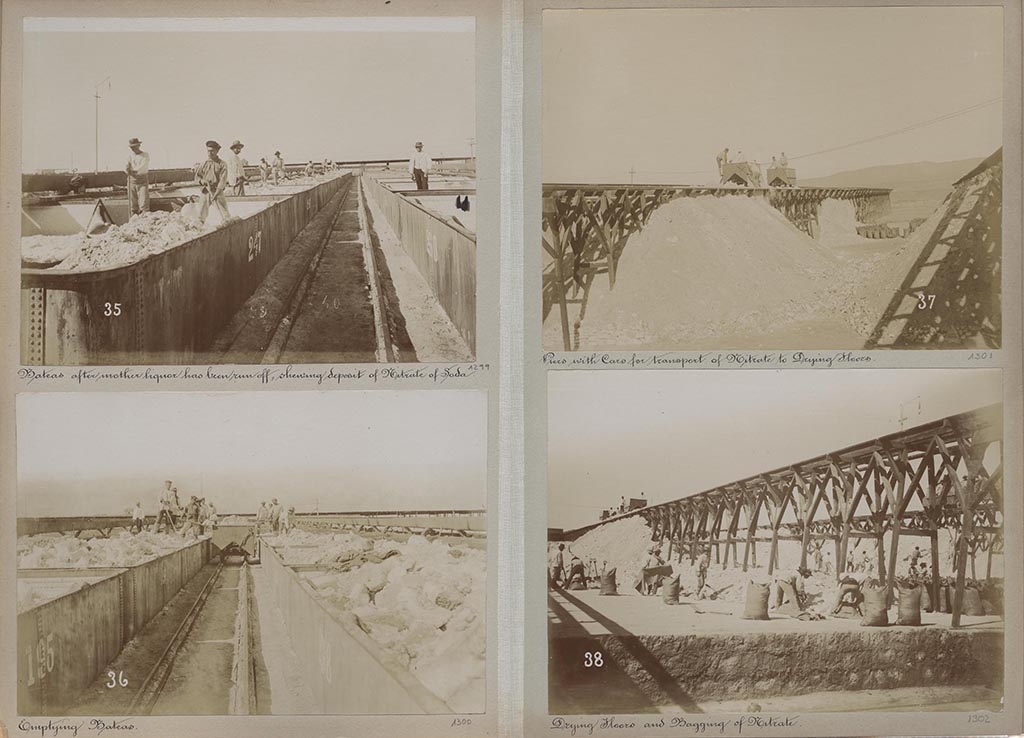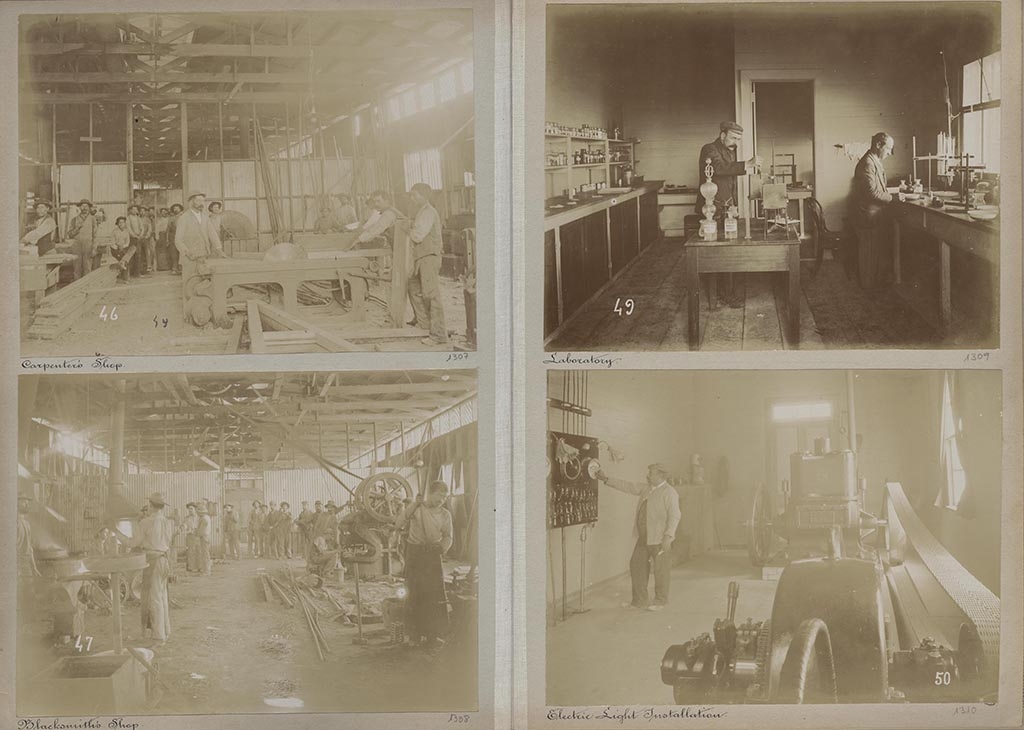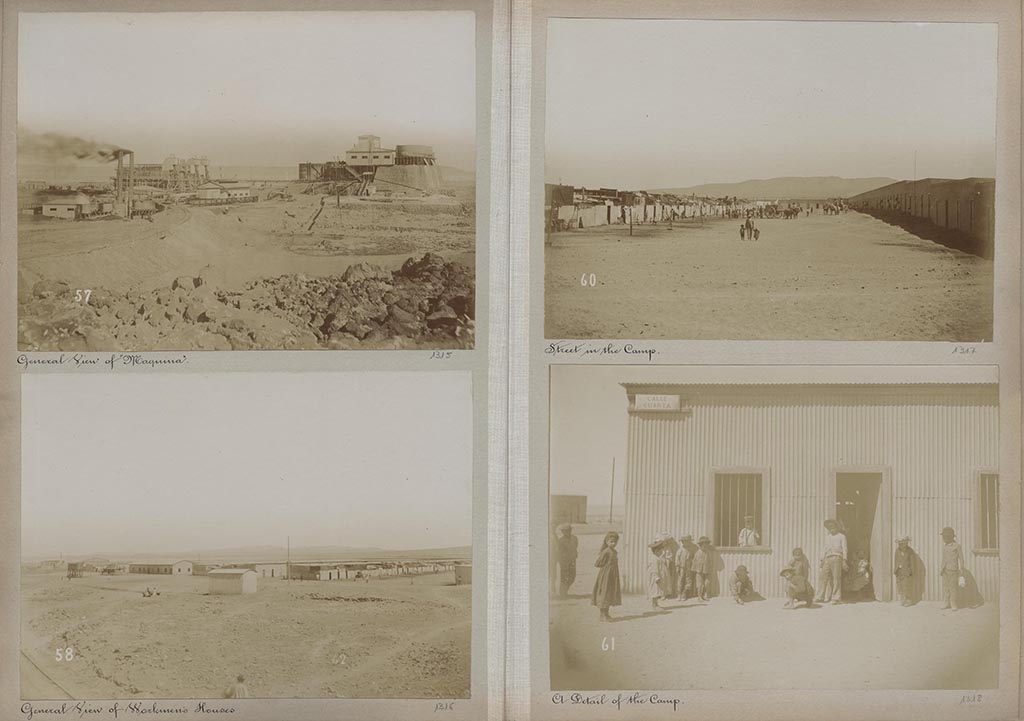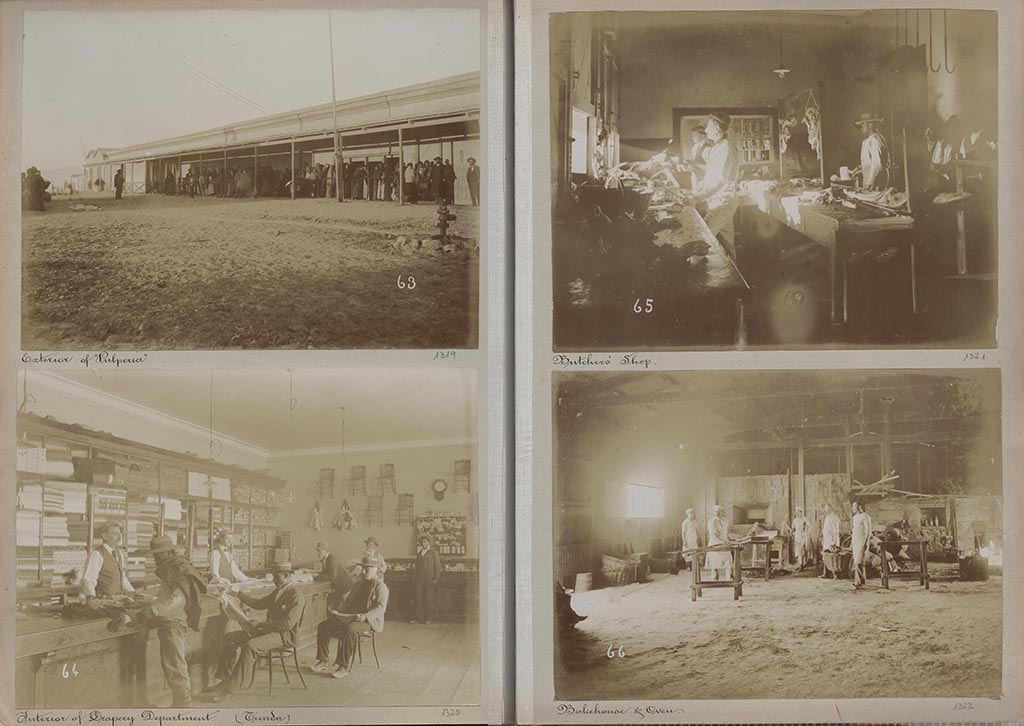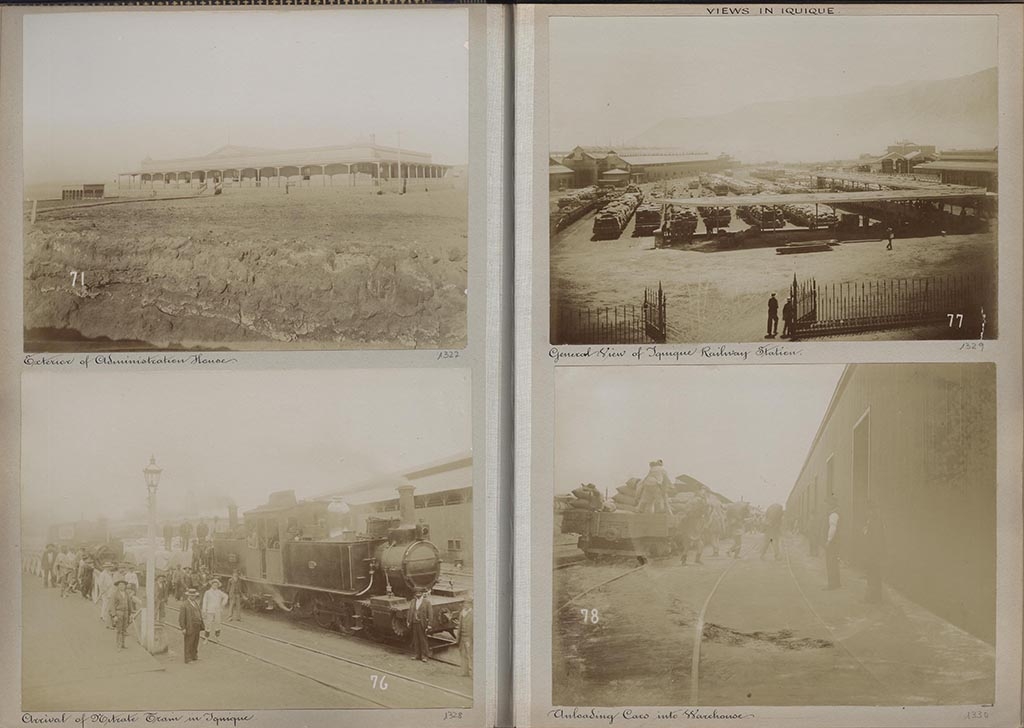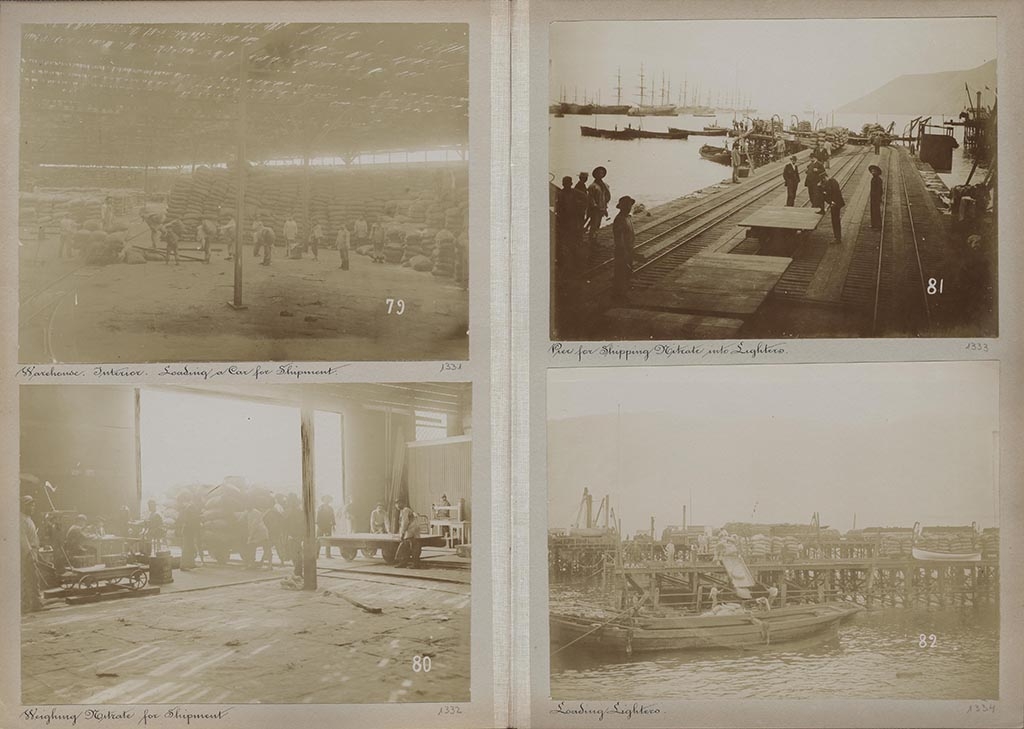The starting point of this research is an album of photographs titled Oficina Alianza and Port of Iquique 1899 that was sent in 1900 from Chile to Henry Hucks Gibbs, Lord Aldenham, in London, who at the time was the director of the Bank of England and head of his family firm Antony Gibbs & Sons, a merchant house operating from London and Liverpool.
In 1900 Oficina Alianza was the largest and most modern of the nitrate works in the Atacama Desert. Its owners were Antony Gibbs & Sons, the first British merchant house to be established on the Pacific coast, having opened an office in Lima in 1822. In 1841 the company had signed an agreement with the Peruvian and Bolivian governments to become sole exporters of the guano collected in large quantities from islands and rock formations along the Pacific coast. After the Pacific War (1879-1883) the company established itself in Chile and diverted its interest to the nitrate deposits in the Atacama Desert, now part of Chile as a result of the war.
Oficina Alianza and Port of Iquique 1899 contains 85 collodion prints documenting the production cycle of sodium nitrate at Alianza. The images illustrate the stages, processes, buildings, machinery and infrastructure involved in the production of sodium nitrate amidst the geographical adversity of an inhospitable landscape. The album is a typical example of nineteenth-century colonial industrial photography in which the landscape is represented as an infinite and empty background for modern, rational extraction and the creation of wealth. Nineteenth-century photographs represented frontier landscapes as available spaces, spaces of the possible and therefore subject to appropriation: a nothingness awaiting to be inscribed.(1)
The album was accompanied by a letter written on the 18th of July 1900: "My dear Lord Aldenham, I am sending you herewith an Album of Views of Alianza Iquique, which I would ask you to accept as a souvenir of our last and I hope not least among Nitrate Oficinas. The views were taken about the middle of last year. Believe me, Yours very sincerely, J. I. Smail." On the back of the letter, Lord Aldenham has copied in his own handwriting the message he sent back to his employee in appreciation for the album: "My dear Smail, I am much obliged to you for the excellent photographs of the Alianza, which form a very handsome volume. If the business itself produces a correspondingly handsome result, it will in great measure be due to your zeal and ability, which are fully appreciated by my partners, as well as by me. Sincerely yours."
Oficina Alianza and Port of Iquique 1899 is the starting point of this project, conceived as an investigation into the material history of nitrate, its different legacies in Chile and the UK, and its uneven geographies and representations. The project’s conceptual underpinning is largely defined by two remarks from the album's handwritten letters. On the one hand, the presentation of an industrial object, or the 'tool' of an industrial process, as 'a souvenir' is significant of the geographical imagination of colonial capitalism and its perception of business. On the other hand, Lord Aldenham's stated correspondence between the 'handsomeness' of photography and that of capital is relevant to the role photography played and how it was perceived at the time of Western colonial expansionism. Photography was an important part of colonial business practices, it was used for commercial purposes in propaganda materials and to raise funds in distant financial centres: photographic albums from border territories, writes James Ryan, were "exercises in imperial assertion".(2)
I first encountered the album in 2008 at the Museo Universidad de Navarra, where it is part of the nineteenth-century photography collection. How the album ended up in Spain, and indeed in the Museum's collection, is uncertain. However, the first trading company of the Gibbs family had associates in Cadiz in the early nineteenth century, and Lord Aldenham's grandfather lived in Madrid for many years. Maybe the final journey of the album from London to Spain has nothing to do with the Gibbs' Spanish connection, but more to do with the political history of the nitrate workers. The socialist revolution initiated by Chilean President Salvador Allende after his election in 1971 was a source of inspiration for the Spanishleft, at the time fighting for the end of General Franco’s forty-year dictatorship. Through Allende, my generation was familiar with the historical legacy of the Atacama Desert and of the nitrate workers’ struggle, since Allende officially acknowledged the Atacama and the nitrate workers as the birthplace and forefathers of the Chilean left. Allende's socialist revolution was short-lived and ended with the coup by Pinochet in 1973, supported, as is well documented, by the CIA and American corporations such as ITT and Anaconda. That same year of 1973, the Basque military organisation ETA planted a fertiliser bomb in Madrid killing the man Franco had named as his successor, Admiral Carrero Blanco: an action that impacted upon the direction of the longed-for Spanish ‘transition to democracy’.
Lastly, the nitrate industry left a significant legacy in the contemporary history of Chile, something not the case in Britain where the memory of this historical link with Chile resides mostly in the work of scholars of Latin America, who in the seventies became interested in Allende's political revolution, in the origins of Chile's economic dependency and, with the irruption of Pinochet, in the origins of state forms of violence. "The nitrate era" wrote historian Michael Monteón back in the late 1970s, "[was] the precursor of the modern Chilean state and contemporary forms of repression."(3) Monteón was writing in the midst of Pinochet's violent regime, which ended in 1989, but his neo-liberal policies regarding natural resources are still in place today.(4)
1) See Paola Cortés-Roca, El Tiempo y la Máquina, Editorial Colihue, 2011
2) See James R. Ryan, Picturing Empire. Photography and the visualization of the British Empire, University of Chicago Press, 1998, p53
3) Michael Monteón, Chile in the Nitrate Era. The Evolution of Economic Dependence, 1880-1930, University of Wisconsin Press, 1982
4) There are significant overlaps between nitrate and copper in the way they circulate from material to immaterial form, from mineral to capital, and between the historical global networks of nitrate and the contemporary ones of copper, which the 'Traces of Nitrate' research team seek to explore in a forthcoming exhibition and conference in Chile. See Ignacio Acosta's photographic project Copper Geographies (www.ignacioacosta.com)
